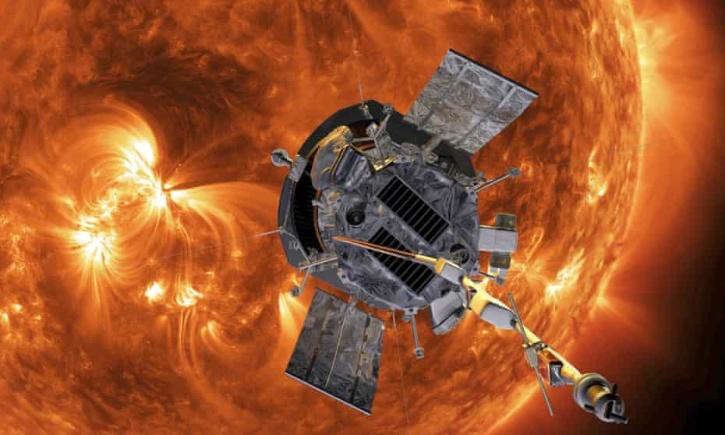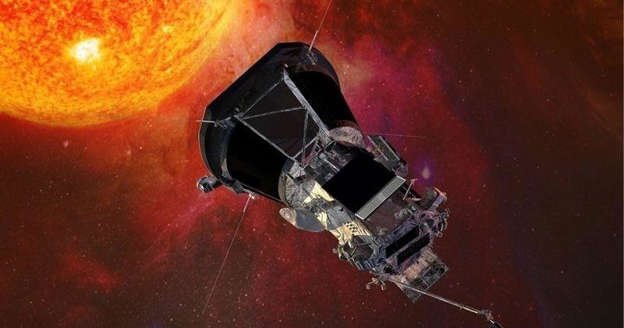NASA’s Parker Solar Probe has recently reached a manned milestone after “touching the Sun.” While the feat itself is remarkable, do you find yourself wondering what the spacecraft’s view was like?

As the Parker probe directly orbited the Sun, it managed to capture a spectacular clip filled with a mind-bending view of the universe.
In the clip, the spacecraft shows a flowing stream of solar plasma as Parker plunged deep into the Sun’s upper atmosphere called the corona. If you’ve watched this clip over 100 times like me, great things to see.
NASA's Parker Solar Probe plunged deep into the Sun's corona & passed directly through streamers of solar plasma. The view out the window was…staggering. https://t.co/LLy8fB2dmZ pic.twitter.com/4fWkHIgmlA
— Corey S. Powell (@coreyspowell) December 15, 2021
For starters, the Milky Way looks like the galaxy that can be seen in the clip, along with a possible satellite orbiting a planet. Whatever these space objects may be, they offer a great glimpse into the workings of space.
The feat was achieved on April 28, but its details were shared only last week by Thomas Zurbuchen, the Science Mission Directorate at NASA Headquarters.
How did the probe survive the heat?
For starters, it was specifically designed to withstand the extreme heat near the Sun. The spacecraft moves at a speed of over 500,000 kilometers per hour to keep moving and avoid potential heat loss.
With the Parker probe, scientists hope to uncover the secrets of our life-giving central star, the Sun. Parker Probe’s secret weapon is a thermal shield made of a carbon-composite material. It can withstand heat up to 1,377 °C (2,500 F).

Launched in 2018, the Parker Solar Probe will move closer to the Sun’s atmosphere as the mission progresses. Because of its recent brush with the Sun, scientists found that the corona is about 10 to 20 solar radii from the Sun’s surface, with a maximum of about 13.4 million kilometers.
Did you see the spectacular clip of NASA’s Parker Solar Probe peering into the Sun’s atmosphere? Share your thoughts with us in the comments below.

